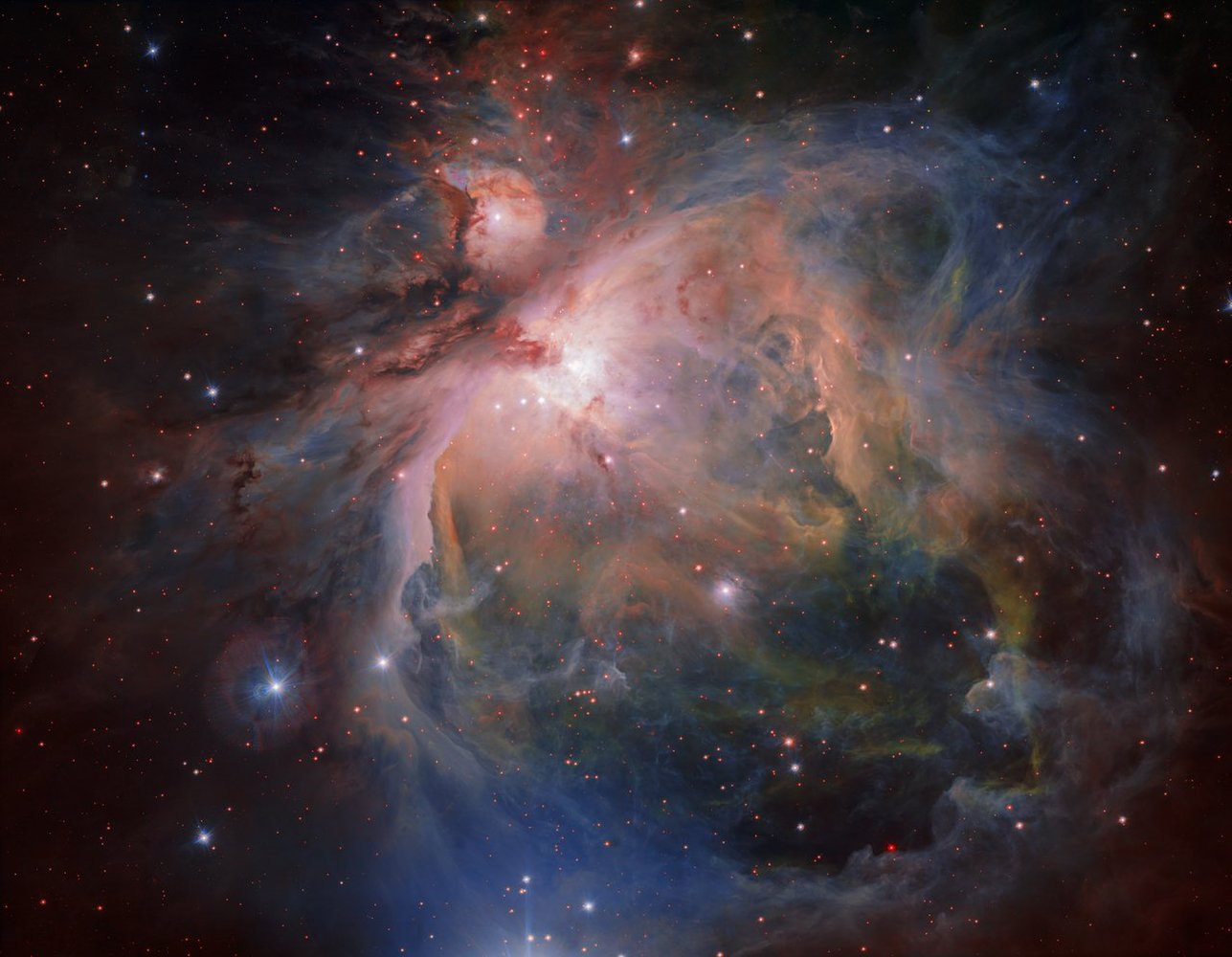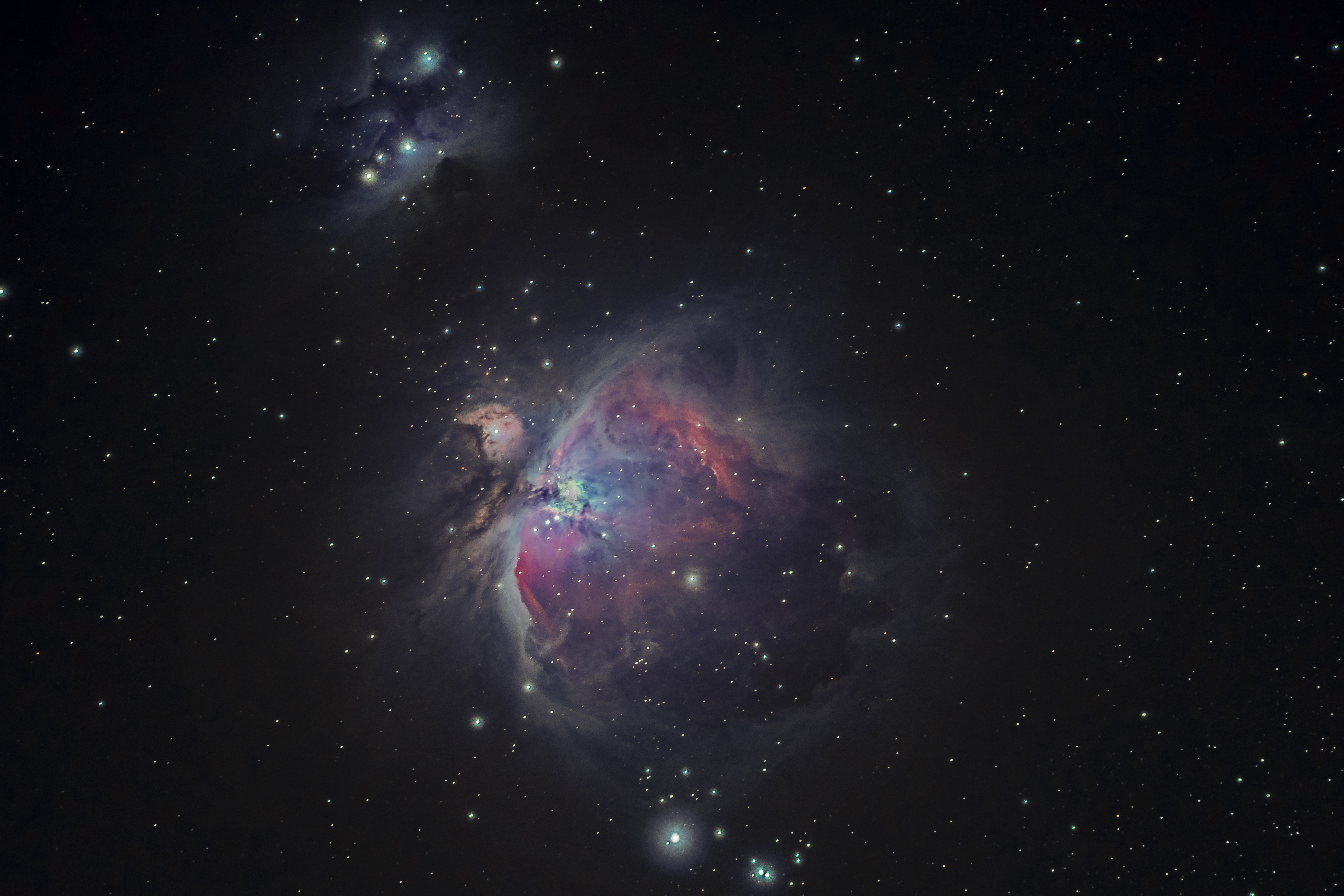
The Milky Way–our home galaxy–is a spiral galaxy, a classification I often describe as pinwheel-shaped.
The main difference between a spiral galaxy’s shape and a pinwheel’s shape is that spiral galaxies, like the Milky Way, only have two main arms. For the Milky Way, those are the Scutum-Centaurus arm and the Perseus arm. If you study the image above, you’ll notice that all the other arms are a bit wispier, and most branch off from the main arms.
There’s just one problem, though…
How do we even know that this image is an accurate depiction of our galaxy? How do we know that the Milky Way has spiral arms?
Continue reading

